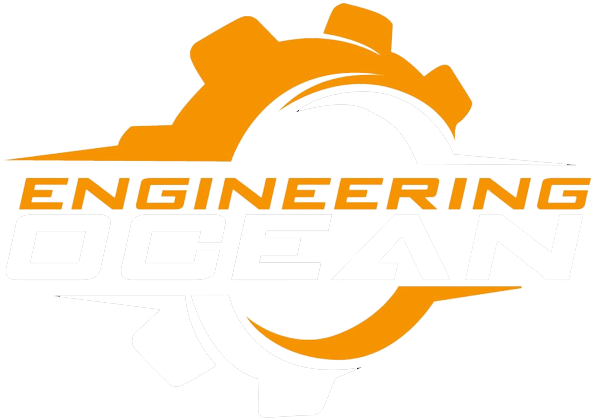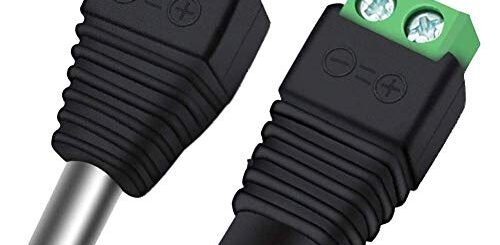Water Level Sensor: Understanding, Uses, and Best Options
Water is a vital resource that plays an essential role in our daily lives. It is used for various purposes such as irrigation, drinking, and industrial applications. Accurately monitoring the water level is critical in maintaining efficient use of water and avoiding water shortages or waste. That’s where water level sensors come in. In this blog, we’ll take a look at what water level sensors are, how they work, their various applications, and the best options available on the market.
What is a Water Level Sensor?
A water level sensor is a device that measures the level of water in a container or tank. It is essential for monitoring water levels in various applications, including water tanks, wells, lakes, rivers, and oceans. The sensor is placed in the water and sends a signal to a control unit or an indicator displaying the water level.
Types of Water Level Sensors
Various types of water level sensors are available, each with unique features and benefits. Some of the most common types include:
Ultrasonic Water Level Sensors
Ultrasonic water level sensors use high-frequency sound waves to measure the distance to the surface of the water. They are accurate, reliable, and easy to use. These sensors are ideal for use in large tanks or bodies of water where the water level can change quickly.
Capacitive Water Level Sensors
Capacitive water level sensors use electrical capacitance to measure the water level. They are highly accurate and provide real-time readings. These sensors are ideal for use in harsh environments where they may be exposed to extreme temperatures, chemicals, or other harsh conditions.
Optical Water Level Sensors
Optical water level sensors use light to measure the water level. They are highly accurate and provide real-time readings. These sensors are ideal for use in clear water where the light can pass through the water without interference.
Reed Switch Water Level Sensors
Reed switch water level sensors use a magnetic reed switch to measure the water level. They are simple to use and provide reliable readings. These sensors are ideal for use in smaller tanks or containers where the water level changes frequently.
Applications of Water Level Sensors
Water level sensors are used in a wide range of applications, including:
Irrigation Systems
Water level sensors are used in irrigation systems to monitor the water level in tanks and reservoirs. This helps to ensure that there is enough water to meet the demands of the crops and avoid water shortages.
Drinking Water Systems
Water level sensors are used in drinking water systems to monitor the water level in tanks and reservoirs. This helps to ensure that there is a constant supply of clean drinking water.
Industrial Applications
Water level sensors are used in industrial applications to monitor the water level in tanks and reservoirs. This helps to ensure that there is enough water for industrial processes and to avoid water waste.
Flood Warning Systems
Water level sensors are used in flood warning systems to monitor the water level in rivers and lakes. This helps to provide early warnings of potential flooding, allowing communities to prepare and evacuate if necessary.
Best Options for Water-Level Sensors
EL-USB-5+ Water Level Data Logger
The EL-USB-5+ water level data logger is an accurate and reliable water level sensor that provides real-time readings. It is ideal for use in harsh environments and can be used to monitor water levels in tanks, wells, lakes, rivers, and oceans.
Atlas Scientific Water Level Sensor Kit
The Atlas Scientific water level sensor kit is a versatile and easy-to-use water level sensor that can be used for various applications. It comes with an EZO circuit board and an interchangeable probe, making it ideal for use in different water sources. The kit also includes a software program that allows you to easily configure and monitor the sensor.
Honeywell Aquatrol Water Level Sensor
The Honeywell Aquatrol water level sensor is a highly accurate and reliable water level sensor that provides real-time readings. It features a compact design and can be used in a wide range of applications, including irrigation systems, drinking water systems, and industrial applications.
Conclusion
Water level sensors are essential tools for monitoring water levels in various applications. They provide accurate and reliable readings and help to ensure that there is an efficient use of water and avoid water shortages or waste. Whether you’re looking for a water level sensor for irrigation systems, drinking water systems, or industrial applications, there are many options available on the market. Consider your specific needs and choose the best option for your application.



